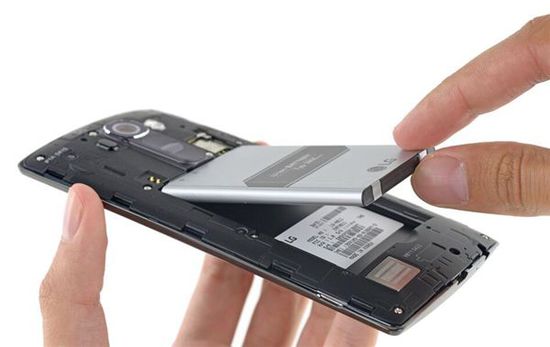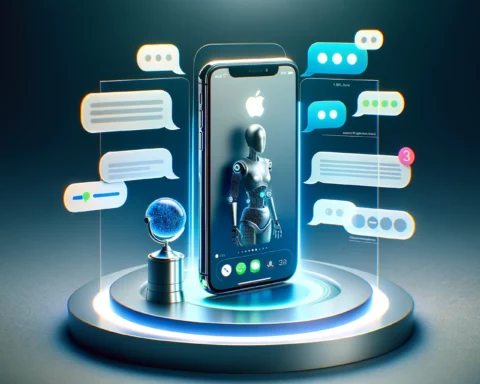The 90’s people in our audience may recall a time before cell phones evolved into the enclosed objects made of glass and metal that they are now. They had sliding rear panels that could be opened, and SIM cards just inserted themselves into the phone. Most significantly, the battery may be changed. Modern smartphone designs, however, have mostly abandoned this strategy.
Detachable back panels and changeable batteries are becoming increasingly rare because of the trend toward larger, thinner gadgets with characteristics like water resistance. But anything could alter. The reason for this is that the European Union is considering a return to replaceable batteries.
In 2024, the EU will make USB-C standard mandatory for all cellphones sold within its borders. The shift in battery technology is essentially based on the same strategy: sustainability and a reduction in electronic waste. The EU is not only interested in batteries that are simple to remove and replace. Instead, it is advocating for a complete overhaul of the battery life cycle. The EU mandates that at least 16% of the cobalt, 85% of the lead, 6% of the lithium, and 6% of the included nickel should be spared from recycling throughout this redesign of the production cycle.
Companies have been granted 3.5 years by the body to restructure battery supply and manufacture. The EU and the European Parliament and Council agreed on the new rules on Friday, so this is already underway.
These days, smartphone batteries cannot be repaired or replaced, at least not by the user. Take your entire smartphone to the nearest service centre and drop it off for repairs if your battery begins to age (rapid discharge, sluggish charging, swelling, etc.) or is just dead. For consumers, this is a bother because many of them just decide to get a new smartphone. This is particularly true for low-end smartphones, where the price of repairs when a phone is out of warranty is frequently high enough to deter users from fixing the phone.
The issue of your phone’s water resistance is another piece that needs attention. Especially if your phone’s battery (or any other part) has been changed by a local repairman and not an authorised service centre, after a phone’s manufacture seal has been broken, it might not keep its water-resistant capabilities as before. This is just another motivating factor for customers to just purchase a new phone.
All of this adds to the problem of e-waste, which is serious. Having said that, the majority of batteries are not really made to be serviced; rather, they are made to be thrown away when they are broken or have grown old. This implies that even though your batteries are replaceable, the old ones you toss away still add to the overall amount of electronic waste. The EU wants batteries to be created as much as possible from recyclable materials for this reason as well.
If the regulations are put into action, we might not notice changes right away. But even once phone manufacturers start switching out sealed batteries for changeable ones, it is still unknown whether these modifications will be made in India. The battery issue may not have a significant impact on many Android smartphones because those devices are produced using a method that is the same throughout Europe and other areas, unlike the choice to add USB Type-C connectors to the iPhone. Product lineups in the Asian market may not be impacted by this move because companies like Xiaomi, for instance, are known to produce distinct phone models for various areas.








